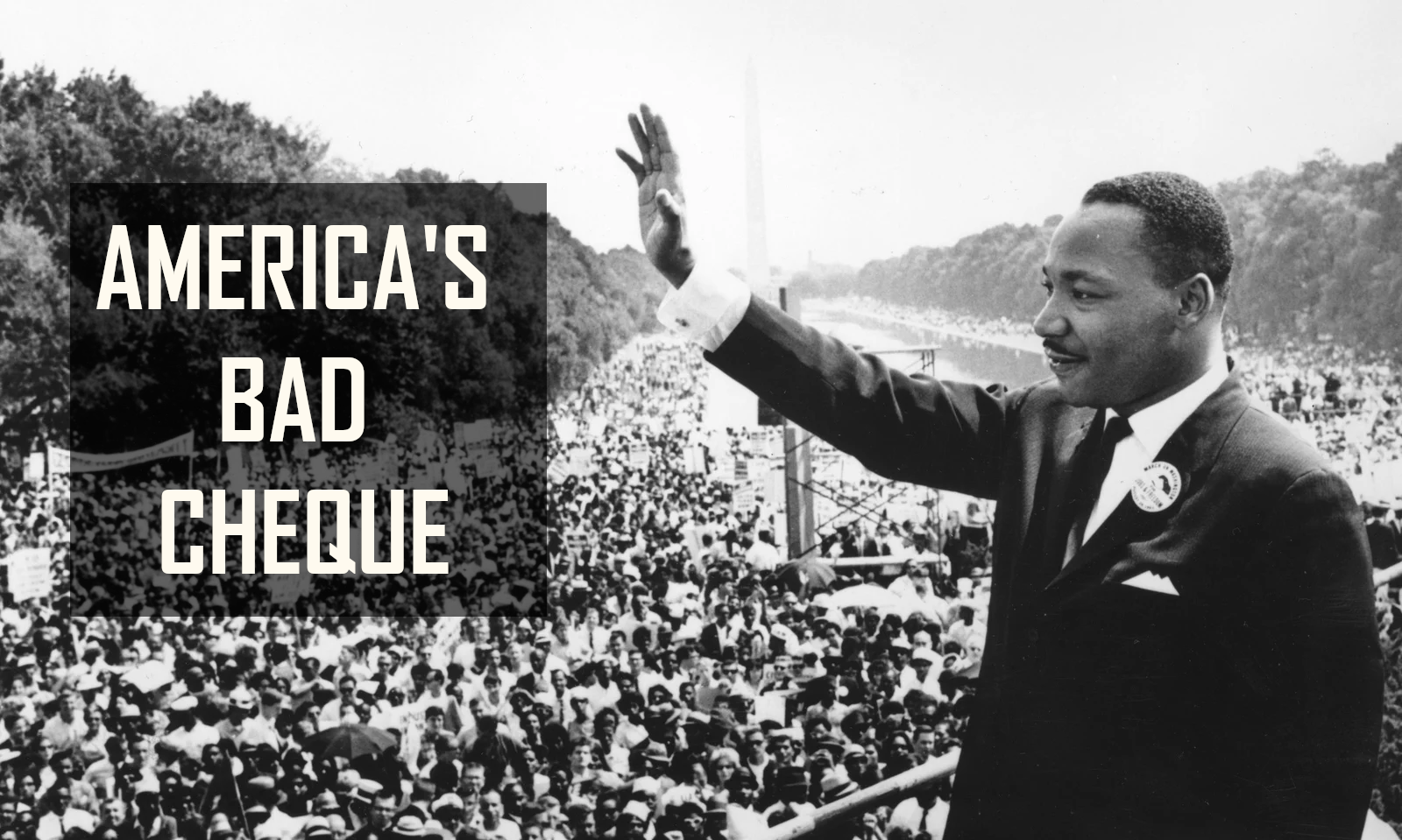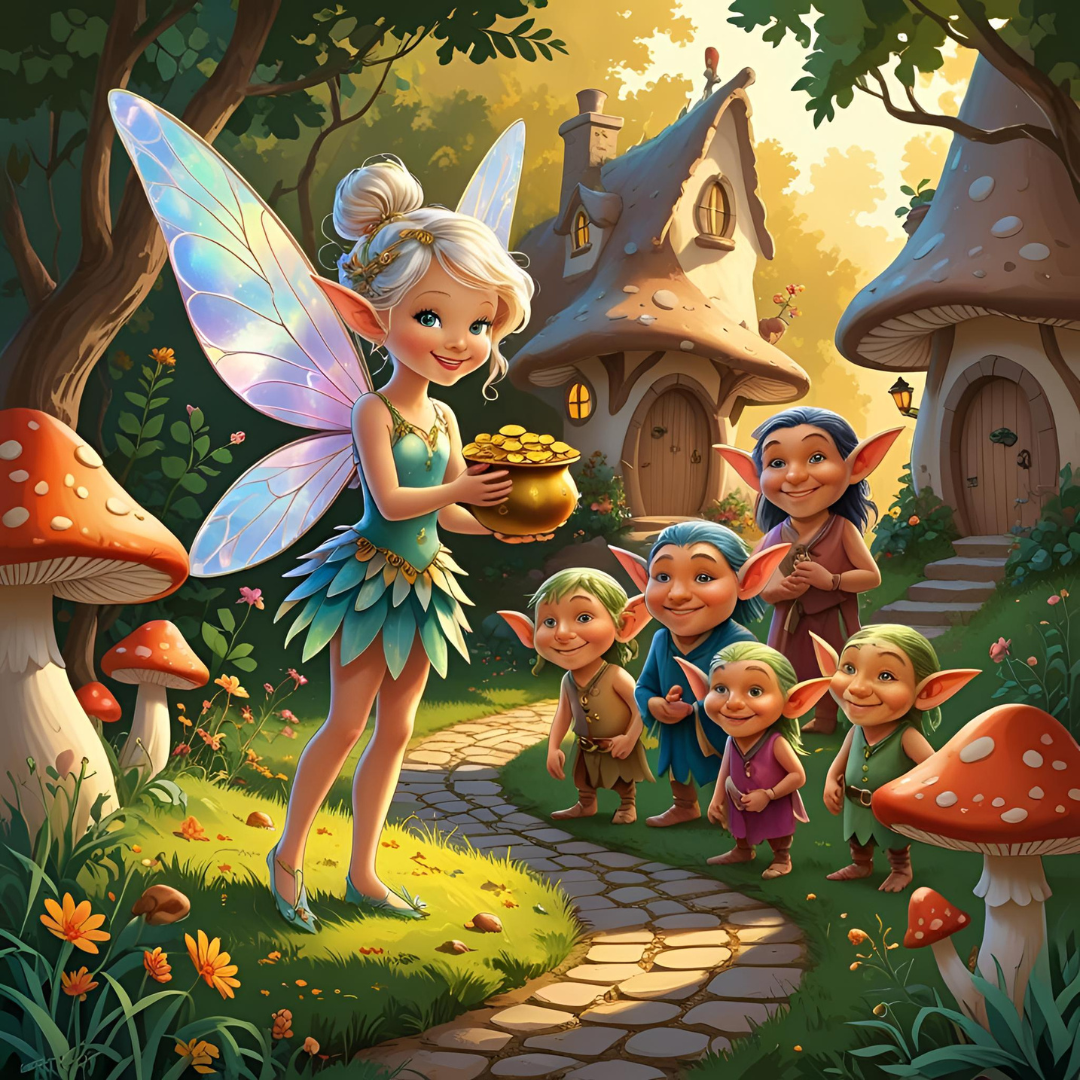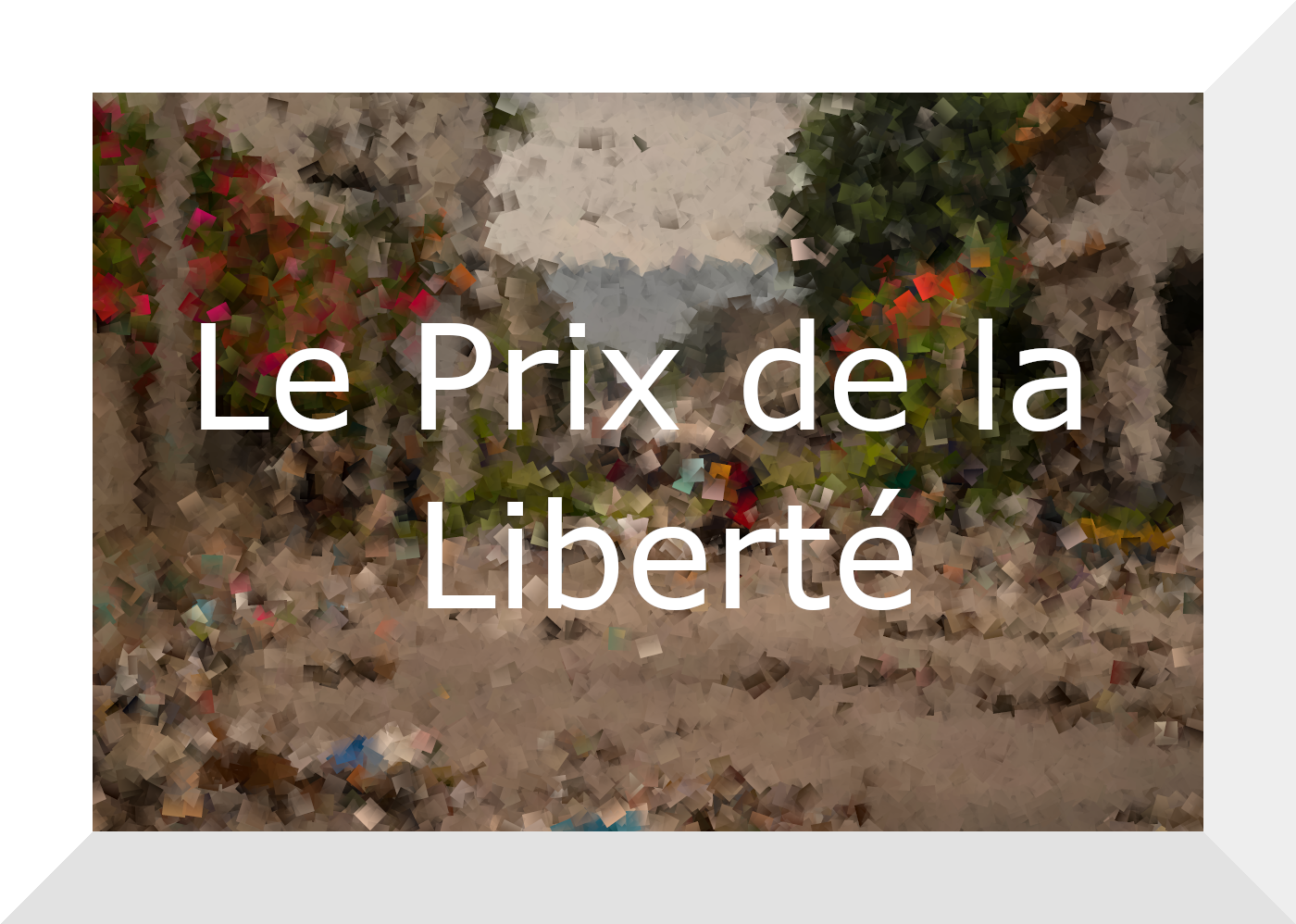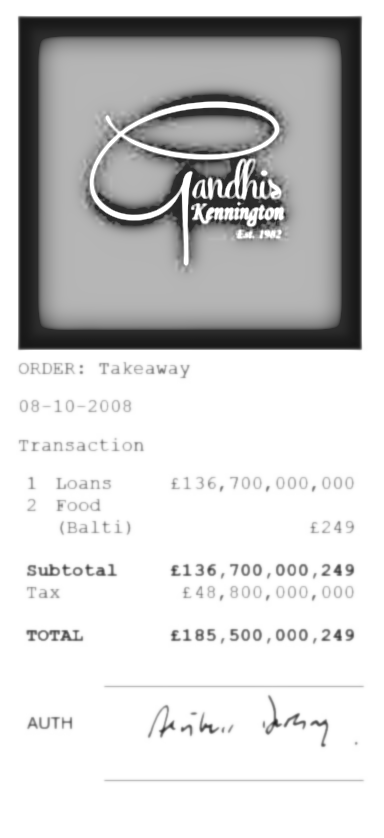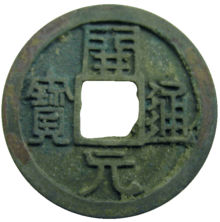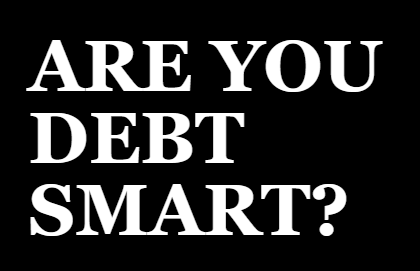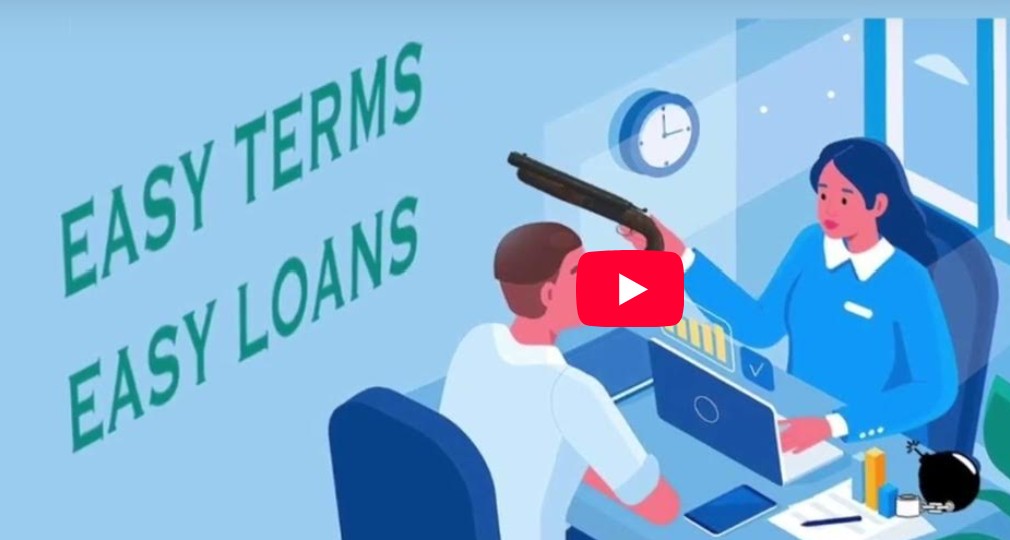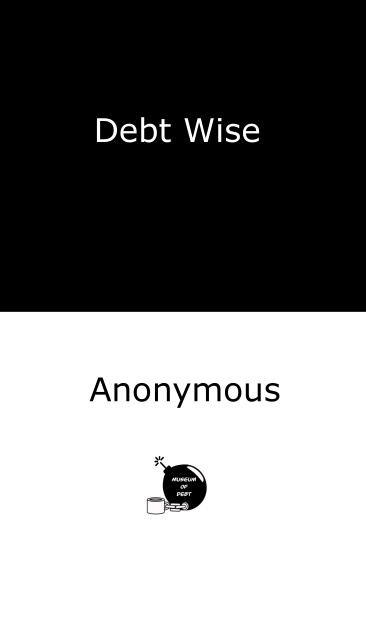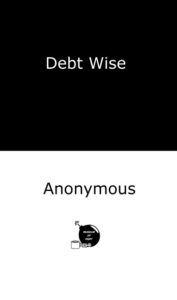Why not simply write off the myth of barter as a quaint Enlightenment parable, and instead attempt to understand primordial credit arrangements-or anyway, something more in keeping with the historical evidence?.
David Graeber
David Graeber did an excellent job of critiquing the founding myth of economics in his book Debt: The First 5000 years. With its origins Adam Smith’s The Wealth of Nations, this is the story of the origin of money. From subsistence hunter gathering societies, to societies based on division of labour and barter, the invention of exchange goods, like salt or shells, their replacement by metals and eventually coins and subsequently the creation of mints and banks.
As Graeber pointed out while this is the foundational assumption of economics:
‘problem is there’s no evidence that it ever happened, and an enormous amount of evidence suggesting that it did not.’
Rather than get rid of such a great story, the Museum of Debt decided to turn it into a real fairy tale. The tale is the Fairy’s Gold.
THE FAIRY’S GOLD
Once upon a time, nestled deep beneath emerald hills and craggy stone peaks, there lay a curious little kingdom known as the Land of the Goblins. But though it was called a kingdom, it had no king and no queen, no crown nor castle, and not a single golden coin to jingle in anyone’s pocket.
The Goblins, clever and wiry folk with mossy-green skin and bright amber eyes, lived humbly from the land. They hunted in the shadowy woods, gathered berries and roots from meadows dappled with sunlight, and built what little they needed with their own hands. Life was no easy tale — it was scratchy and rough, like wearing a burlap shirt in the rain. But the Goblins got by, as Goblins do.
One day, a gentle Fairy of the Western Winds, who had been watching from her blossom-woven tower high above the clouds, peered down and sighed. “Oh dear,” she whispered, her voice soft as a summer breeze. “These poor Goblins work so hard, yet their lives are tangled and tiring. Perhaps I might sprinkle just a bit of wonder to help them along.”
With a shimmer of silver dust and a twirl of her wand, the Fairy flew down to the Land of the Goblins and bestowed each of them with a special gift.
To one she gave the nimble hands of a master bowyer, who could shape bows and fletch arrows so fine they could split a falling leaf in midair.
To another she gave the strength and wisdom of a skilled builder, who could raise a house from crooked sticks and stubborn stones.
A third Goblin found herself sewing splendid clothes of leaf-silk and spider-thread, while yet another became the finest hunter in all the land, his footsteps softer than mist and his aim as true as the North Star.
And lo! The Goblins, once struggling and solitary, began to trade. The hunter gave meat to the builder for patching his roof. The bowyer exchanged arrows for warm cloaks. The clothes-maker received a fine stew in return for trousers stitched with ivy vines. For the first time in memory, the Land of the Goblins was filled with laughter and light. The air hummed with harmony.
But as all fairy tales teach us — happiness is a delicate thing, and peace is not so easily kept.
One dusky dawn, when the mist clung thick to the hills, trouble came creeping.
The hunter needed more arrows, but alas! the bowyer had already promised his quiver-full to the clothes-maker in exchange for a new cloak. The clothes-maker, cold and impatient, wanted her leaky roof mended, but the builder was hammering away at another Goblin’s home. The builder’s belly rumbled, but the hunter refused to give meat, for there were no arrows in return.
And so the joyful trading came to a jarring halt.
Meat spoiled. Cloaks were left half-stitched. Roofs dripped rain onto muddy floors. The Goblins, once cheerful, now grumbled and glowered. The land grew grey and silent.
Far above, the Fairy’s heart grew heavy. “Oh no,” she murmured, fluttering in circles. “I only wished to help. Now everything is worse!”
She flew through the twilight skies to seek the wisdom of the Old Wizard of the Northern Pines, a long-bearded fellow who lived in a crooked tower surrounded by glowing mushrooms and talking owls.
“Oh wise and wonderful Wizard,” the Fairy pleaded, “I gave the Goblins talents to make their lives easier, but now they are tangled in quarrels. They cannot trade, and they are all so terribly unhappy. What am I to do?”
The Wizard twirled his beard thoughtfully, then looked up with a twinkle in his ancient eyes.
“What they need,” he said slowly, “is something everyone wants — something not made for eating or wearing or building, but for trading. Try salt, my dear Fairy. Salt is precious. Let them use salt to trade, even when their wants do not match.”
So the Fairy fluttered back and scattered shining white salt across the hills. And for a while, it seemed to work. Then she tried seashells, smooth and shimmering from the coast. Then polished stones and glittering feathers. But always, always, something went wrong.
“This salt tastes bad!”
“These shells are too fragile!”
“I don’t like purple feathers!”
The Goblins grumbled once more, and their goods piled up uselessly, and the Fairy’s wings drooped with worry.
She flew again through the whispering woods and climbed the mountain path to the Wizard’s tower.
“Oh Wizard,” she sighed, “what now? I tried your ideas, I truly did. But no matter what I choose, someone always complains, and the trading gets stuck.”
The Wizard chuckled softly and reached beneath his cloak.
“Ah,” he said, pulling out a gleaming pot of gold that shimmered like dragonfire in moonlight. “You must try gold. All Goblins love gold. They don’t eat it, or wear it, or sleep on it — but they all want it. Not for what it is, but for what it can become.”
And so the Fairy scattered gold across the land — tiny nuggets, golden leaves, and glinting bars in all shapes and sizes. The Goblins’ eyes sparkled, and at last, the magic took hold.
The hunter gave gold for arrows.
The bowyer gave gold for house repairs.
The builder bought meat and cloaks and boots — and gave gold in return.
The Goblins could trade with anyone, anytime, for anything — for gold could always be passed along.
The land was no longer tangled. It was alive.
And so it was that gold, a thing of no use on its own, became the glue that held the Goblins’ world together.
The Goblins were content once more. They worked together, shared with joy, and everyone smiled. The land hummed with life, and the Fairy, glowing softly above them, knew that the Goblins had finally found their peace.
But then, one crisp morning, as the Fairy fluttered gently over the Land of the Goblins, something startled her. From high above, she could see smoke rising from the heart of the village.
She flew down swiftly, her wings cutting through the air, and found that two Goblins were arguing fiercely near the village square. And not far away, two others were fighting, their voices raised in anger. The Fairy’s heart sank, and she landed softly beside them, her silver dust trailing behind her.
“What is the matter, dear Goblins?” she asked, her voice full of concern.
“Oh Fairy, it is the gold!” one of the Goblins wailed. “The weight of it is wrong! I gave my gold for a roof, but the builder claims my gold is lighter than it should be! He took is down again. This is unfair!”
The other Goblin scowled and shouted, “That gold looks different from mine! It’s not as shiny, and it weighs less. I cannot trust it anymore!”
The Fairy’s wings fluttered in distress. Gold, it seemed, had lost its magic. The harmony that once filled the Land of the Goblins was now fractured by disagreements over the very thing that had brought them peace.
Worried, she flew back to the Wizard in the Northern Pines.
“Oh Wizard,” she said, “what have I done wrong? The gold has caused a rift! It is not the same for everyone, and now they argue, even fight! What shall I do?”
The Wizard stroked his long, snowy beard and thought deeply, his eyes clouded with concentration. After several moments, he finally nodded.
“I know, dear Fairy,” he said. “Make the gold the same for everyone. Stamp it into perfect circles, and make sure it is always uniform in weight and shape. There must be one Goblin whose sole task it is to weigh and stamp the gold. This will bring trust back to the trade. And to make sure he is not tempted, give him his own gold, but let him never spend it. He will keep the gold in balance for all.”
The Fairy returned to the Land of the Goblins, and found one Goblin who was very good at counting and weighing, a precise and patient soul. She gave him the task of stamping every gold coin with his own likeness on one side, and the Wizard’s picture on the other, to make each coin official.
With this new rule in place, the Goblins had no more quarrels over the quality or weight of gold. The trade flourished again, with trust renewed and peace restored.
The Goblins once more sang songs of joy and danced beneath the stars, for now, their gold was true, and their world was whole.
And so, under the glimmer of golden coins and the twinkle of the Fairy’s light, the Goblins lived in harmony, and they were happier than ever before.
Until…
